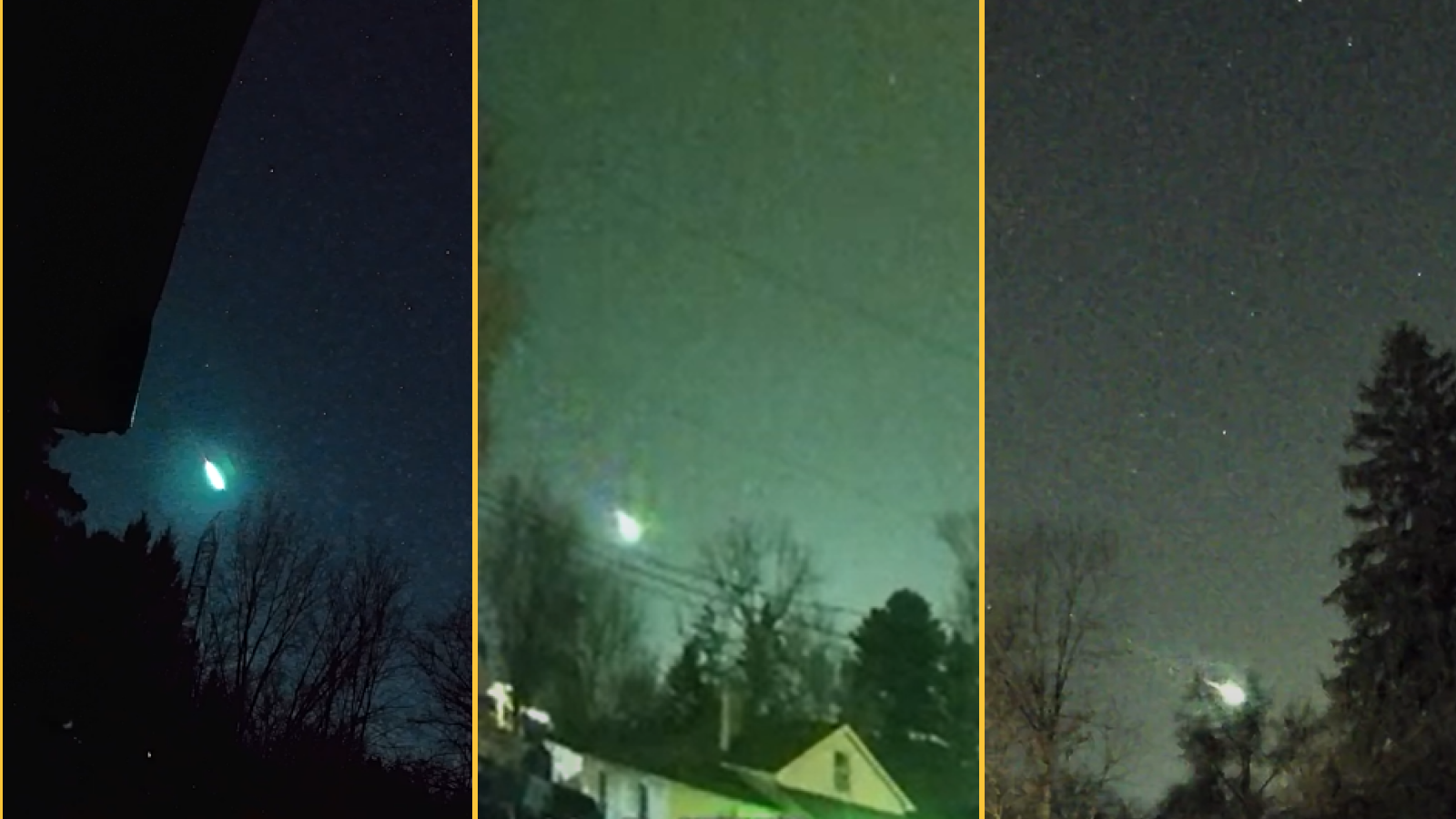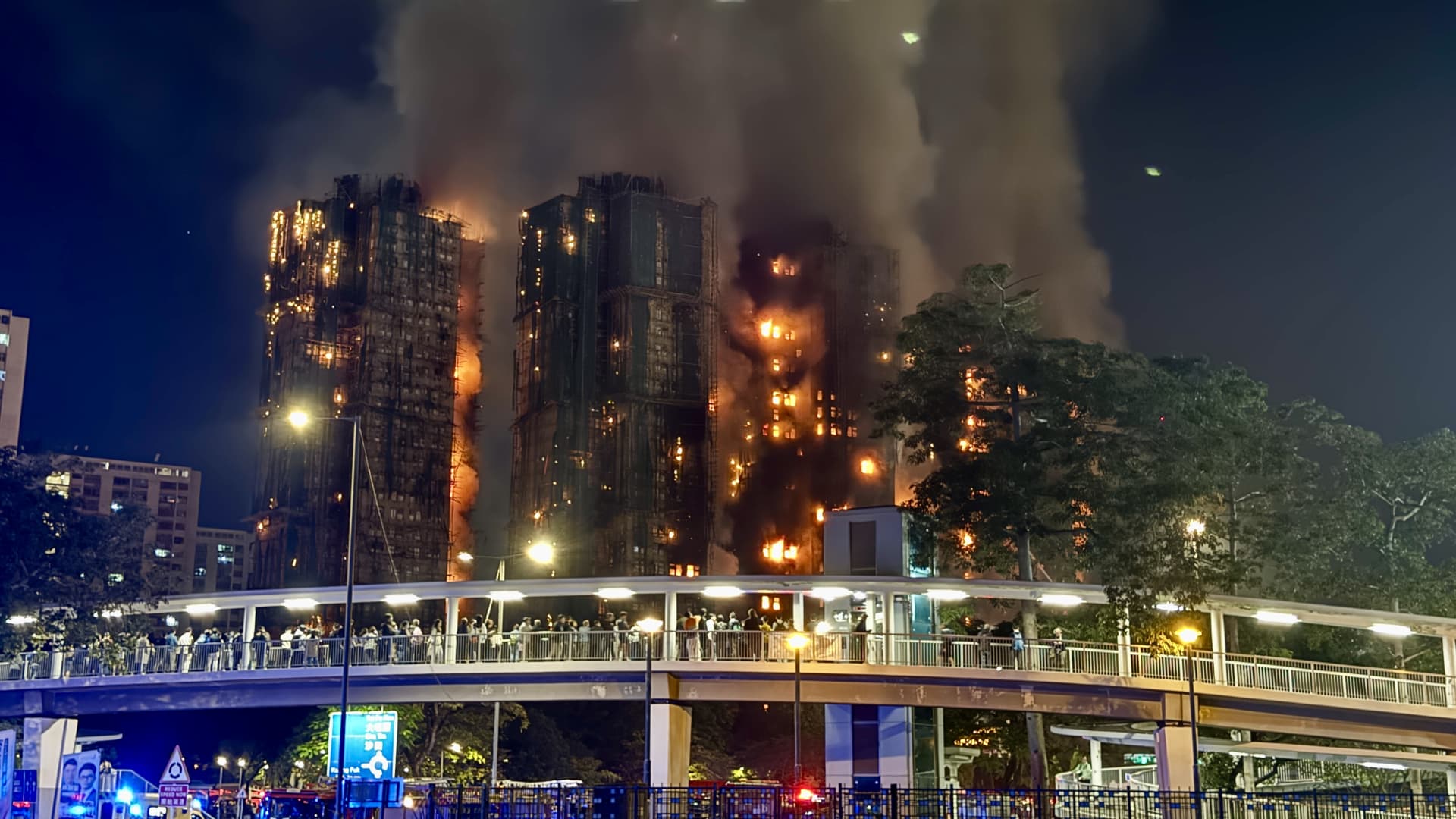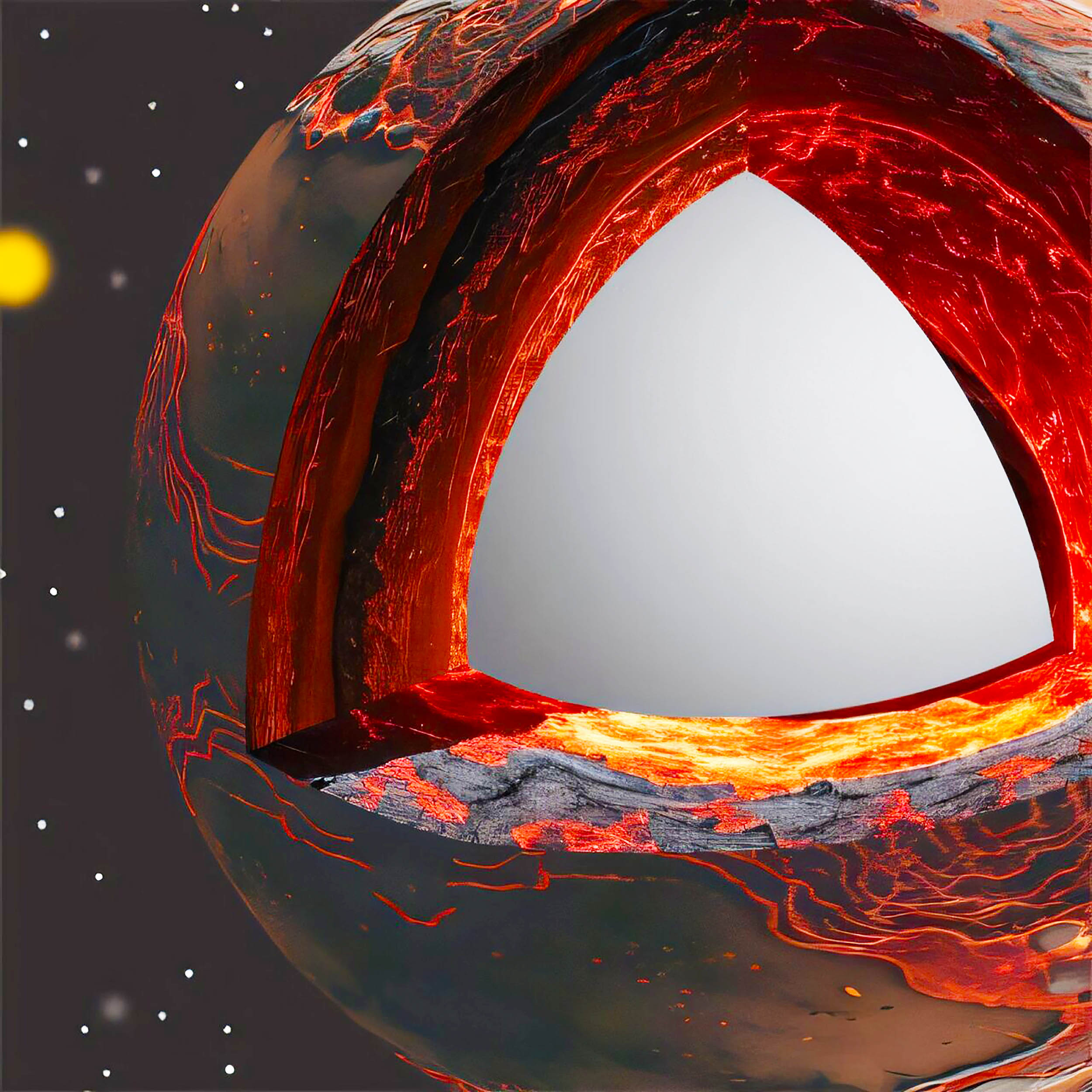About 1,800 miles (2,900 kilometers) below our feet, two enormous patches of strange rock sit above Earth’s core. New computer models now tie these deep structures to slow chemical leaks between the core and mantle that may have helped Earth…
Blog
-

Humphreys’ career-best 4-13 leads Ireland to 39-run win over Bangladesh
CHATTOGRAM, Bangladesh (AP) — Left-arm spinner Matthew Humphreys claimed a career-best 4-13 as Ireland made a winning start to the three-match T20 series with a 39-run victory against Bangladesh on…
Continue Reading
-

Head feared riling England’s quicks during Perth onslaught
Travis Head has admitted that his main concern, while blazing Australia to victory in the first Ashes Test at Perth, was the fear of retribution after climbing into England’s fast bowlers with an astonishing innings of 123 from 83 balls.
Head’s…
Continue Reading
-
Burundi launches mosquito nets distribution campaign to fight malaria-Xinhua
BUJUMBURA, Nov. 27 (Xinhua) — Burundi has launched a national campaign to distribute insecticide-treated mosquito nets as part of its efforts to combat malaria.
The launch event, hosted by First Lady Angeline Ndayishimiye on Wednesday, took…
Continue Reading
-

Electrical charge on objects in optical tweezers can be controlled precisely – Physics World
Electrical charge on objects in optical tweezers can be controlled precisely – Physics World
Sign up here.
The likely full-scale investigation by the European Commission, previously unreported, could see regulators demand concessions from BlackRock (BLK.N) and MSC in return for clearing the Spanish deal.The Commission declined to comment. BlackRock, MSC and Hutchison did not immediately respond to several emailed requests for comment.
CK Hutchison has interests in ports across Europe, including in Belgium, Poland and the Netherlands. It was not immediately clear if those other European parts of the global acquisition could also eventually come under scrutiny. The non-EU portions of the deal fall outside the EU’s review jurisdiction.
BARCELONA TERMINAL ACQUISITION UNDER EU SCRUTINY
The overall package, which includes two ports along the strategically important Panama Canal, has become highly politicised between Washington and Beijing.
The Spanish portion of the deal would see Terminal Investment Limited Holding (TiL), a unit of Switzerland-based MSC Mediterranean Shipping Company, and BlackRock acquire joint control of Hutchison’s terminal at Barcelona port.
The terminal can serve multiple mega-ships simultaneously and has an eight-track rail facility – making it the EU’s largest rail terminal on the Mediterranean Sea – that connects the port with traffic to and from Southern Europe.
TiL already operates a terminal at the Spanish port of Valencia.
The European Commission, which acts as the EU competition enforcer, is set to open a full-scale investigation after its preliminary review of the deal ends on December 10, the person said.
Full-scale EU investigations typically last around four months or longer and can lead to firms offering concessions including divestments to address competition concerns and secure regulatory approval.
Reporting by Foo Yun Chee; Editing by Adam Jourdan and Joe Bavier
Our Standards: The Thomson Reuters Trust Principles.
Continue Reading
-

100,000 mph ‘comet fragment’ explodes in green fireball over Great Lakes, eerie videos show
A meteor exploded over Michigan’s Great Lakes in a green fireball, videos reveal. The dramatic event was likely caused by a comet fragment burning up in the atmosphere.
On Sunday (Nov. 23) at around 5:29 a.m. ET, dozens of witnesses reported a…
Continue Reading
-
Israel launches new strikes on Lebanon on ceasefire anniversary
The Israeli military carried out another series of strikes against Hezbollah in southern Lebanon on Thursday, exactly a year into the ceasefire with the militant group.
Smoke billows from different locations in southern Lebanon as seen… Continue Reading
-

Hong Kong police arrest construction firm bosses over fire
HONG KONG, CHINA – NOVEMBER 26: Thick smoke and flames rise as fire engulfs high-rise residential buildings at the Wang Fuk Court complex on November 26, 2025 in Hong Kong, China.
Vcg | Visual China Group | Getty Images
Hong Kong police arrested…
Continue Reading
